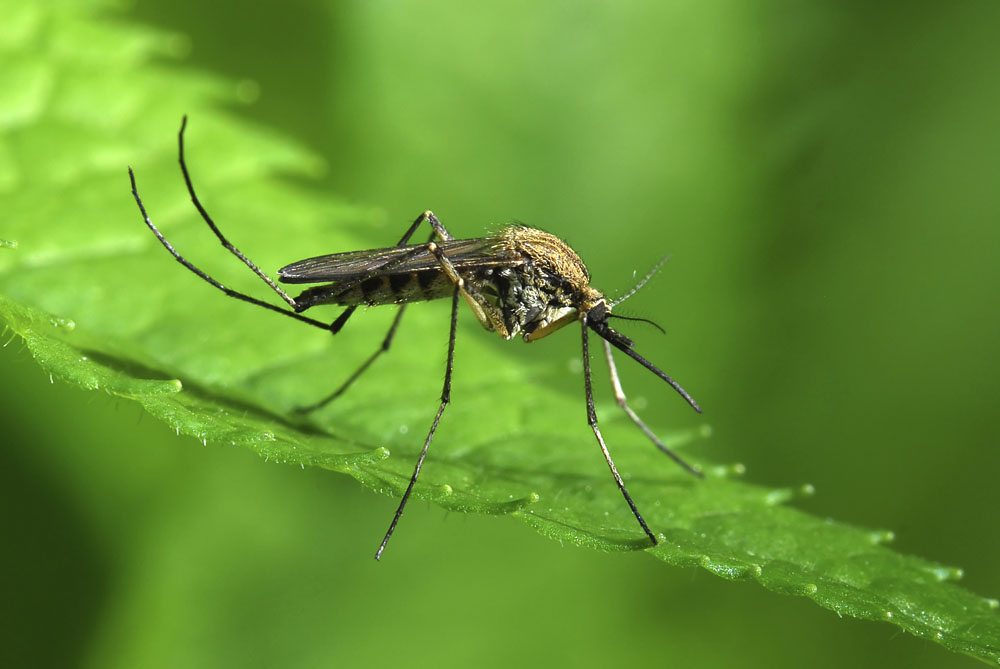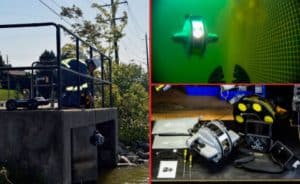Using a List of “No Spray” Addresses in Sentinel GIS Adulticiding
Many mosquito control operations use vehicle mounted ultra-low-volume (ULV) sprayers to control adult mosquito populations, in addition to surveillance and Larviciding activities. In a typical ULV application, a gas or electric powered pump and blower diffuses small amounts of finely calibrated droplets of EPA public-health approved pesticide, sometimes diluted with water or mineral oil, in a ‘fog’ that drifts from the road into people’s yards where it can settle into the containers, ponds, bird baths, old tires, tarps, and other habitat for mosquitoes often unwittingly provided by residents. A mere 4 fluid ounces (1/2 cup) of product may treat up to 5 or 6 acres along several city blocks.
However, at some of these residences, there may be chemically sensitive residents. For this reason, many mosquito control operations keep a list of “no spray” address locations. This may be a voluntary action to maintain goodwill with the community, or it may be required by legislation or oversight. In any case, it is common for mosquito control operations to get a list of addresses, dozens or sometimes hundreds of items long, that must translate into places where the driver has to turn off the sprayer while driving at 10 miles per hour for hours at a time in the wee hours of the morning. Understandably, anything that can help automate this process is generally quite welcome.
Sentinel GIS Adulticiding software supports “No Spray” zones. Sentinel GIS mobile software leverages GIS and GPS positioning technology to warn the driver when they are approaching a no spray zone so they can turn off the sprayer. Because “No Spray” locations can come from a variety of sources in a variety of formats, Sentinel users benefit from the ArcGIS platform and its flexible variety of tools that can be used to create these no spray zones. This article will discuss 3 common methods of creating “No Spray” zones for Sentinel GIS.
Geocoding a List of Addresses
A list of addresses is not very helpful by itself. But, the ArcGIS platform can easily turn this into GIS data. Here’s how.
First, I’ll check my list of addresses that I received in Microsoft Excel format just to verify that the address information, including City, State, and ZIP are accurate.
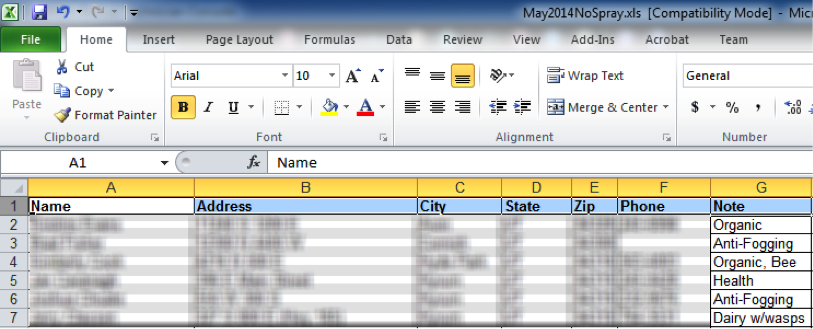
Then I’ll use ArcCatalog to geocode the addresses using ArcGIS Online and create a point file. Here’s how.
First, I’ll sign in to my ArcGIS Online account. If I want to geocode a list of addresses (more than 10), I’ll need my own address locator or I’ll need an ArcGIS Online account to use Esri’s World Geocode Service. If I have ArcGIS Desktop licenses, I can contact Esri Customer Service to get a free ArcGIS Online account with the same number of users as desktop licenses that I have.

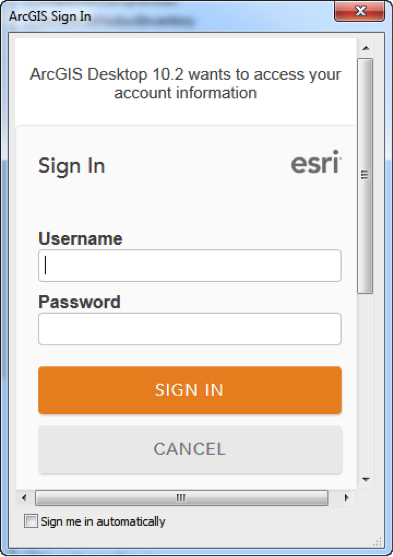
Then, I’ll browse directly to the Excel spreadsheet in ArcCatalog, right-click, and choose “Geocode Addresses.”

I’ll select the World Geocode Service (ArcGIS Online).
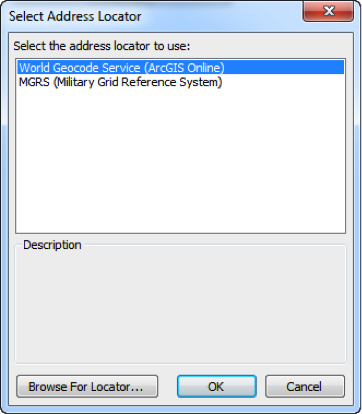
I’ll verify the Address Input Fields, and specify an output shapefile or feature class.
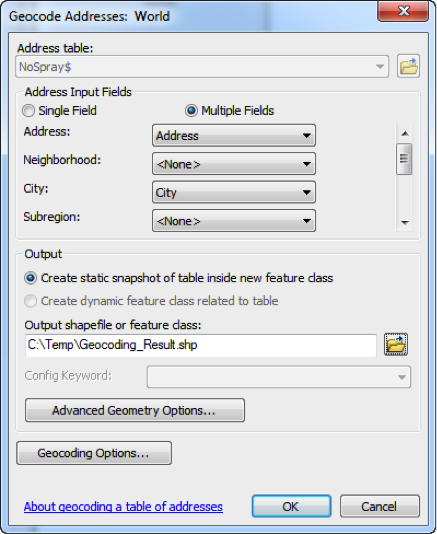
When I press OK, the geocoding occurs.

If addresses are tied or unmatched, I can go into the Rematch interface to correct issues. (These tools are well documented in ArcGIS Online Help.)
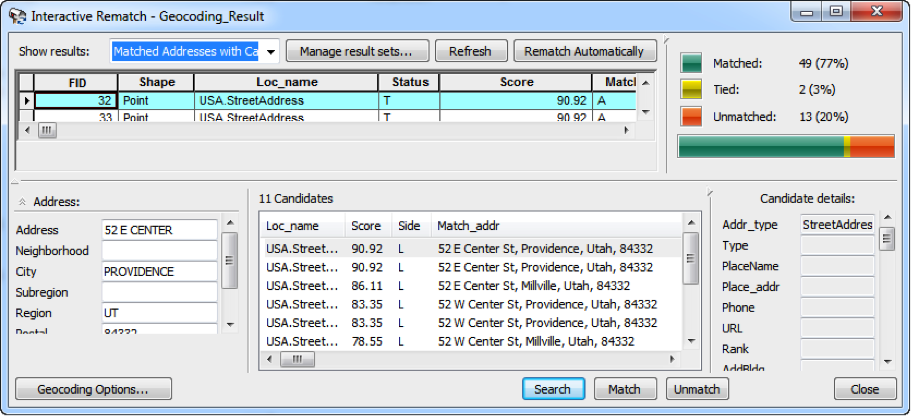
Now I have a point layer representing the addresses. I’m partway to where I want to be.
I want my drivers to be warned about the “No Spray” zone before they get to it, so I’m going to buffer these points by 300’ to create a polygon layer that Sentinel can use. I’ll do this in ArcMap.
I’ve added my geocoding result to my Sentinel Adulticiding map. Now I’ll choose Geoprocessing > Buffer.

I’ll select the point layer as the Input Features, and specify the Output Feature Class as “NoSpray” right inside my SentinelGIS geodatabase.
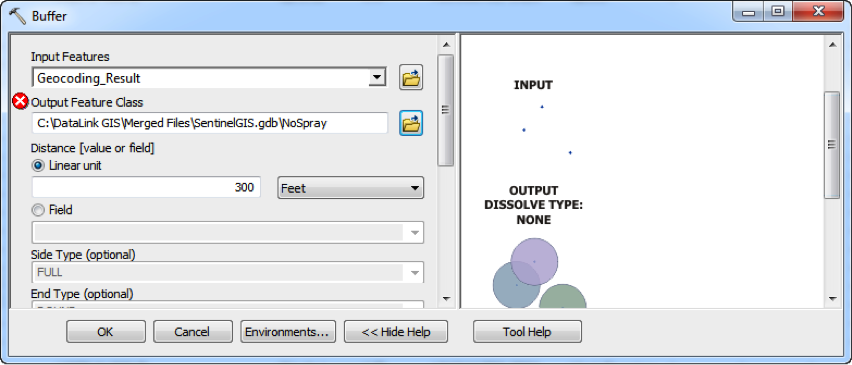
If this layer already exists, it will be overwritten, if I specify that option in Geoprocessing Options.

The NoSpray layer will be added to my current map.
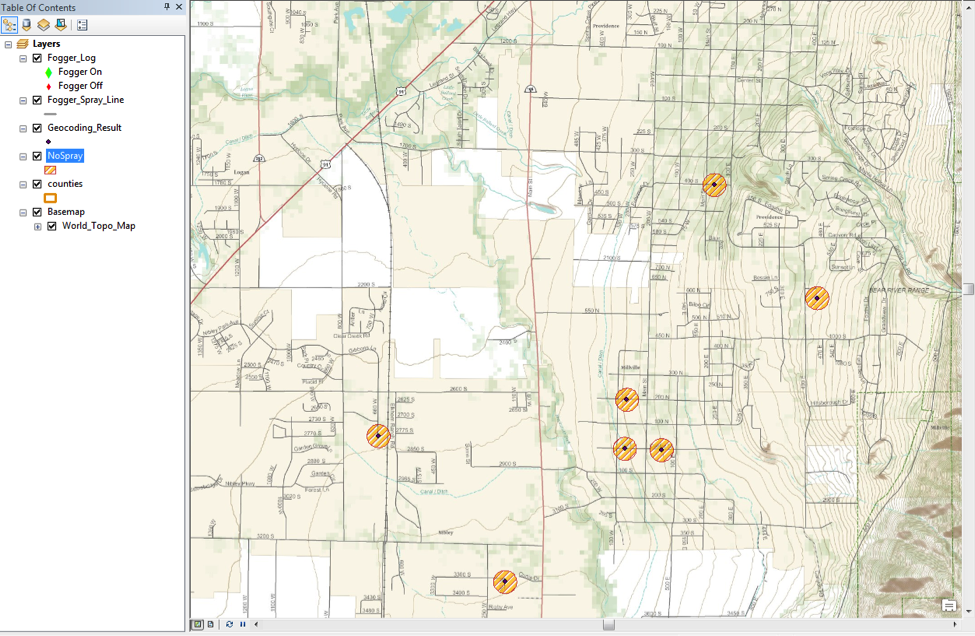
Now I’ll tell Adulticiding about my new No Spray Zone layer.
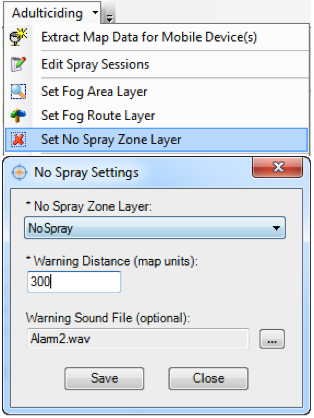
Lastly, I’ll ensure that the No Spray Zone Layer is included in the Extract for Mobile Devices.
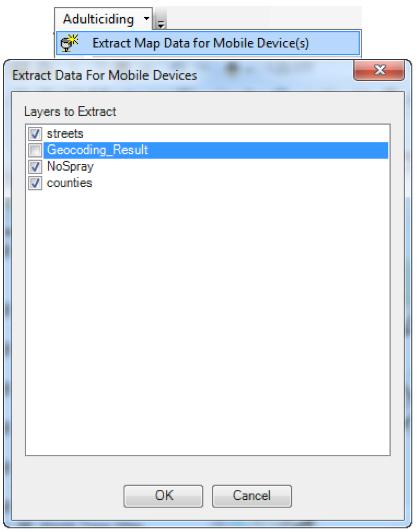
There are other ways to get “No Spray” zones into the no spray layer. We’ll cover some more examples in a future post.





